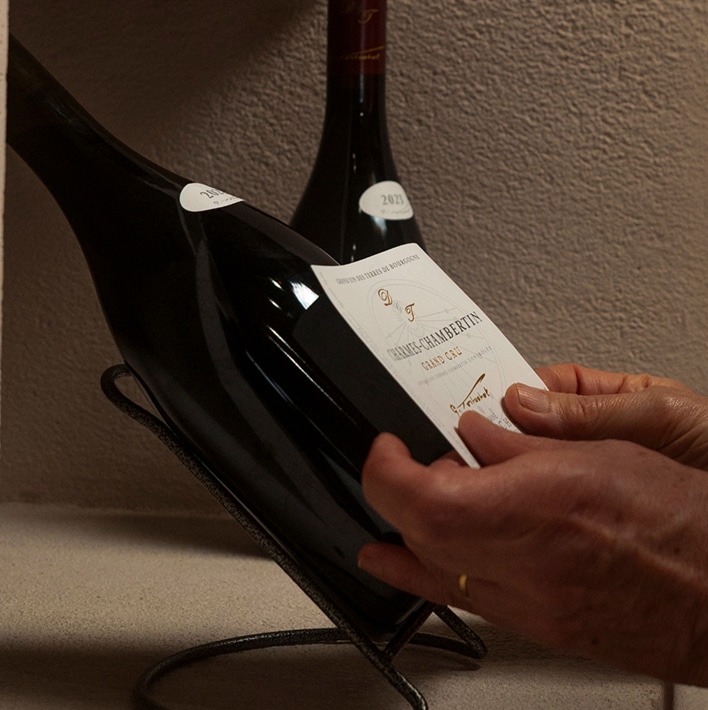Audacity of an Estate
DOMAINE TORTOCHOT IN GEVREY-CHAMBERTIN:
FOUR GENERATIONS, ONE HISTORY, ONE EXPERTISE
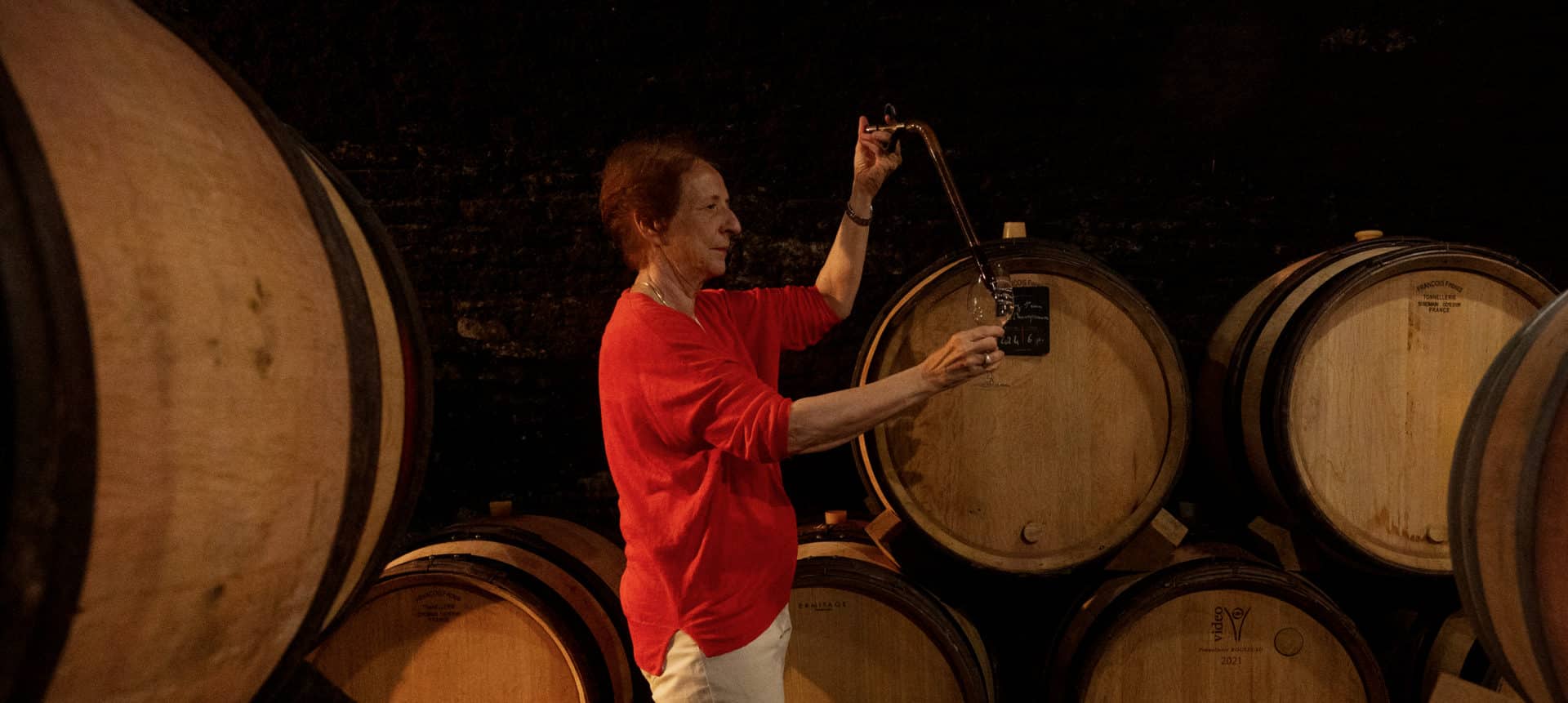
THE HISTORY OF DOMAINE TORTOCHOT
The estate’s history begins in the 19th century.
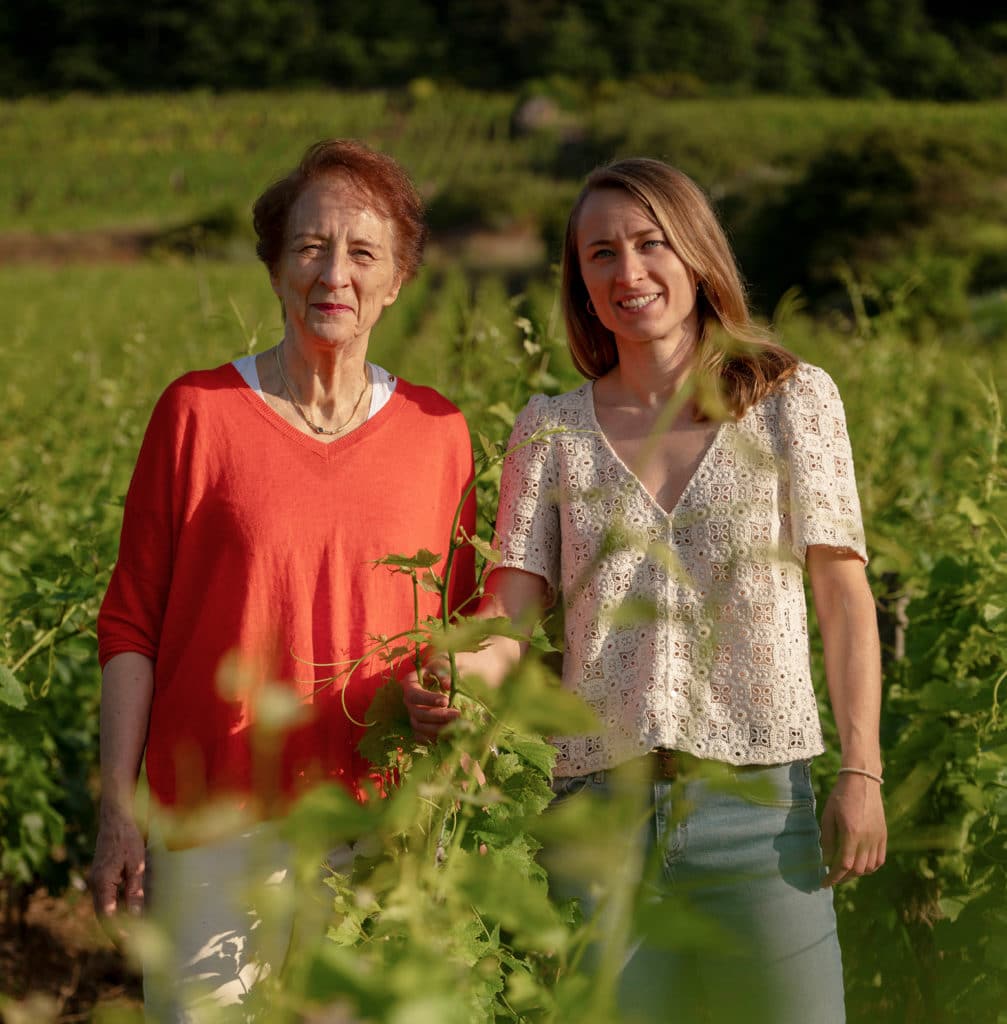
Paul looked at the vines as one looks at the future. A market gardener first, then a winegrower, because the vine always calls to those who know how to listen. Following the phylloxera crisis, he bought his first plots. A bet on time, on history.
His son Félix married Louise Liébaut, from Morey-Saint-Denis, a famous name in Burgundy that gave its name to a Pinot Noir clone. Then Gabriel was born. A man of conviction. A tireless defender of Burgundy wines, he fought at the head of the Gevrey-Chambertin Wine Syndicate and the INAO, defending the land, the profession, and tradition. He passed on his passion to his daughters, Chantal and Brigitte.
Today, Chantal Michel Tortochot orchestrates the estate and watches over each vintage.
After 15 years in the stressful world of business, Chantal felt the call of the vines. At 35, she earned two diplomas from the University of Wine in Dijon and took over the family estate. Oenology, the science of vines, the patience of wine. Diploma in hand, she returned. Everything had to be modernized, adapted, anticipated, while continuing to make the light of Domaine Tortochot shine.
VINE CULTIVATION
Since 2008, the entire estate has evolved according to organic
farming principles, in harmony with the land and time.
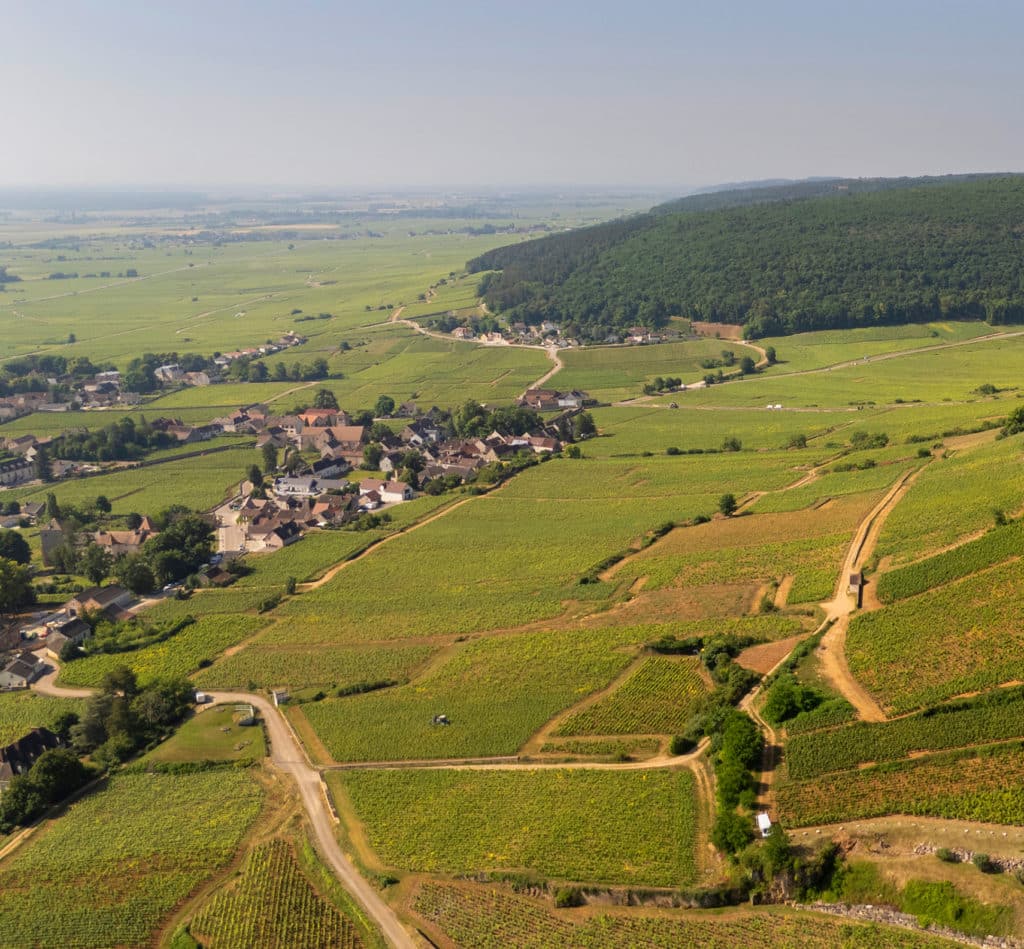
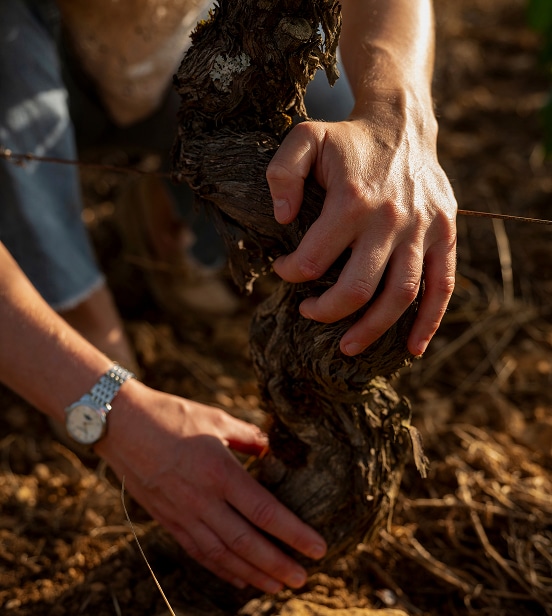
Nature has its own rhythm. We don’t force, we accompany.
The vine must learn to survive on its own, to draw its strength from the earth. So we preserve our terroirs. No pesticides. No chemicals.
Plowing, soil work and temporary grass cover constitute the alternative to chemical weeding.
We only add composted organic matter to the soil.
Nature rewards all our efforts. Each root plunges a little deeper. Each cluster absorbs the history of the soil. The wine becomes a reflection of time, of the climate of this living earth.
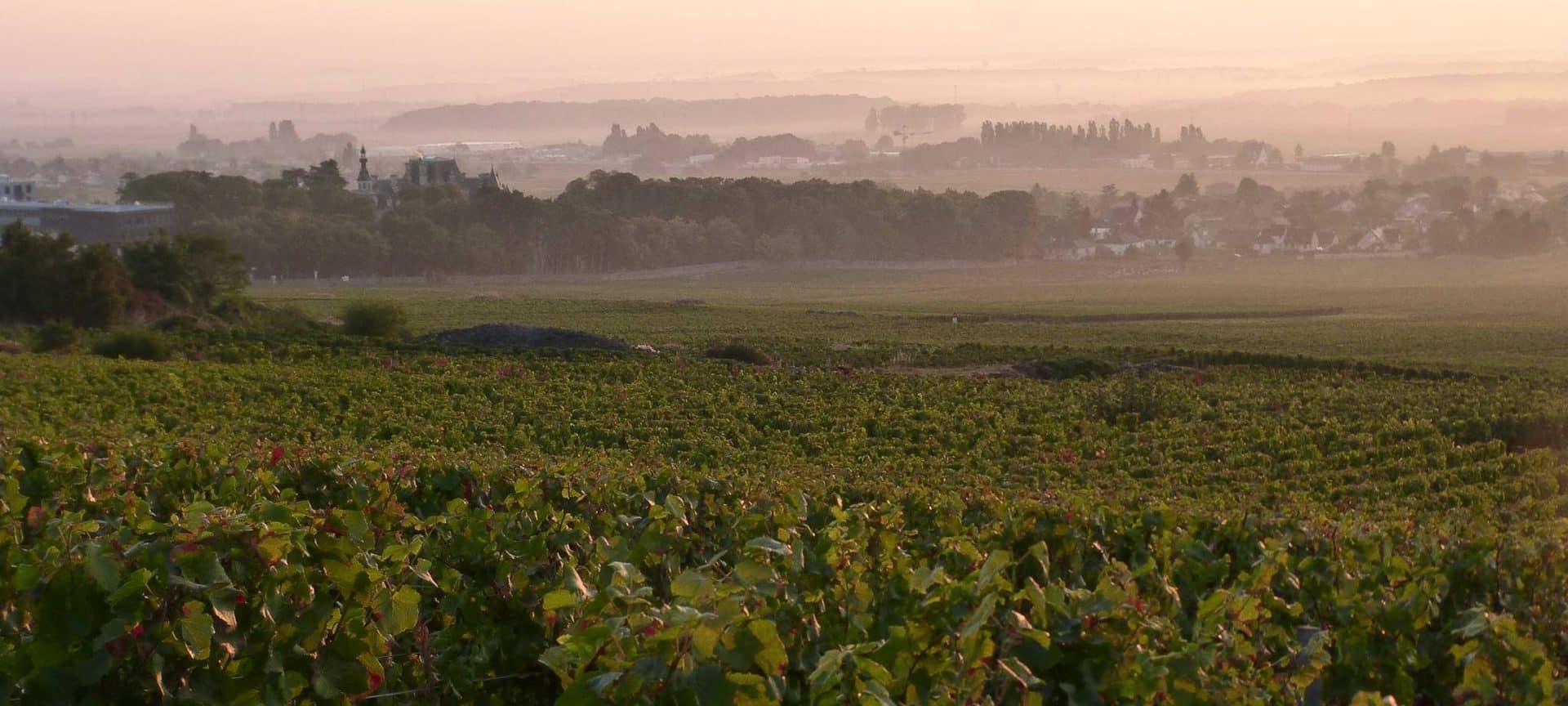
AGING AND WINEMAKING AT DOMAINE TORTOCHOT
We have a course that we adapt daily to the challenges
of living things, to the challenges of climate change,
to what each vintage offers us.
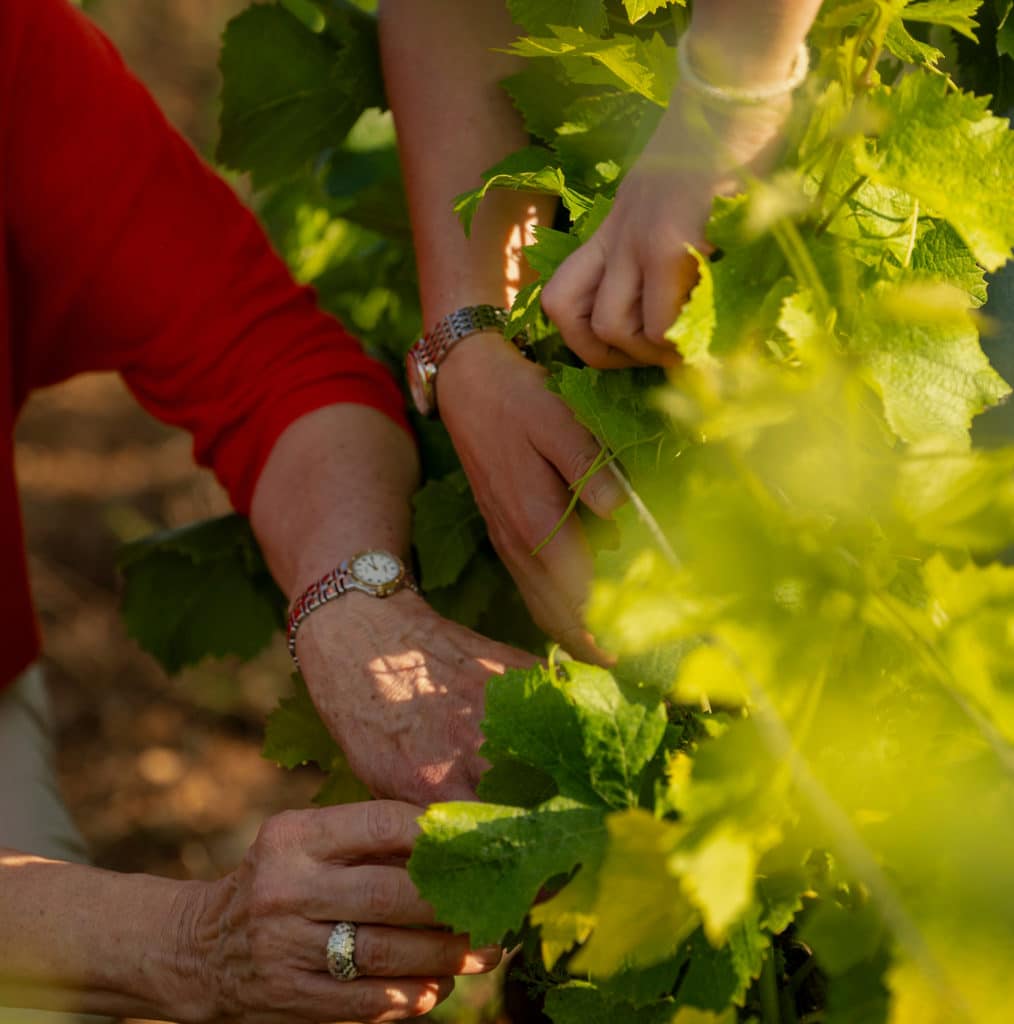
The harvest is a race against time. You must choose the right moment. Not too early, not too late. The balance is fragile. Each cluster is cut by hand, carried with care. At the sorting table, nothing passes without control. We keep the best. A few stems as well. They bring minerality, a savoriness.
The harvest is then cooled in tanks, we let it rest. Four to five days of waiting, breathing. Then fermentation begins. Natural, with indigenous yeasts. Those that are there, on the grape skins, in the cellar air. Nothing artificial. Every day, we monitor. Density, acidity, alcohol. Extraction is done very gently, mainly by pumping over. The temperature rises, sometimes up to 32, 33 degrees. The wine knows where it’s going. We collect the free-run juice before pressing the must. Gently. The free-run juice and press juice are blended. They complement each other, they respond to each other.
Then comes the time for aging in oak barrels. 60 to 80% new barrels for the Grand Crus, 40 to 50% for the Premier Crus, 10% for the Villages. The toast is medium. The wood must not take over.
Time works with us. Slowly, in silence. The wine breathes in the wood, it rounds out, it stabilizes, it structures itself. Aging lasts 15 to 18 months, depending on the cuvées.
During this time, malolactic fermentation takes place, gently and naturally. Acidity decreases, aromas evolve. A subtle transformation. We don’t fine, we don’t filter. Just let the wine speak.
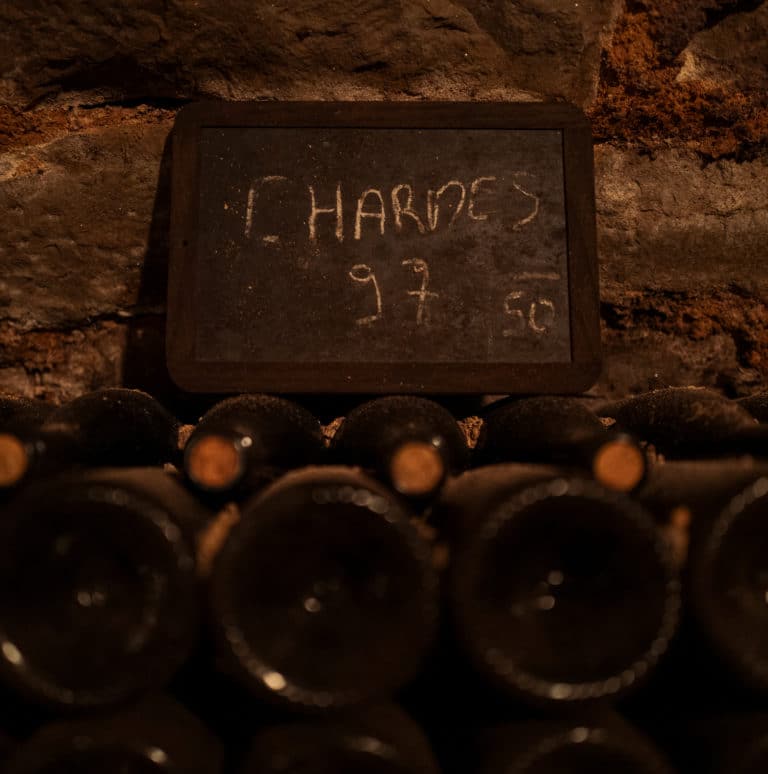
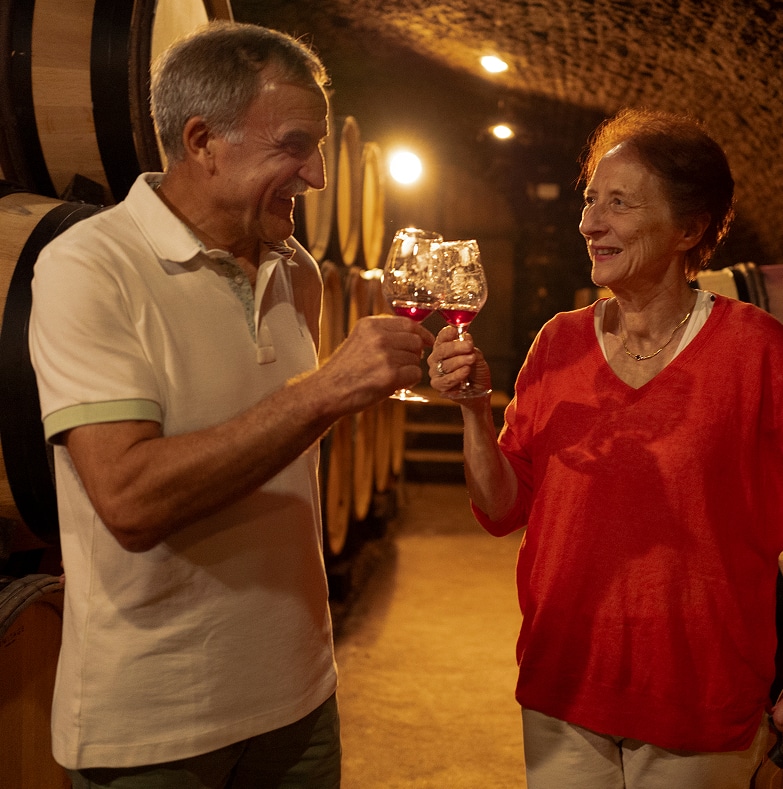
Bottling is the culmination of a year’s work.
Each bottle contains the earth, the climate, the hand of our estate.
A fingerprint of time, captured, ready to be revealed.
